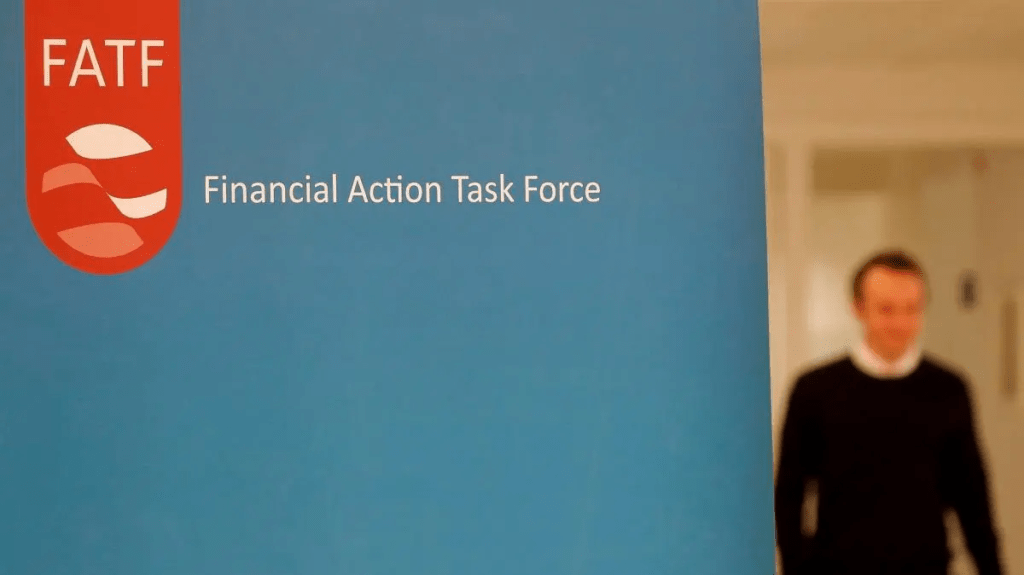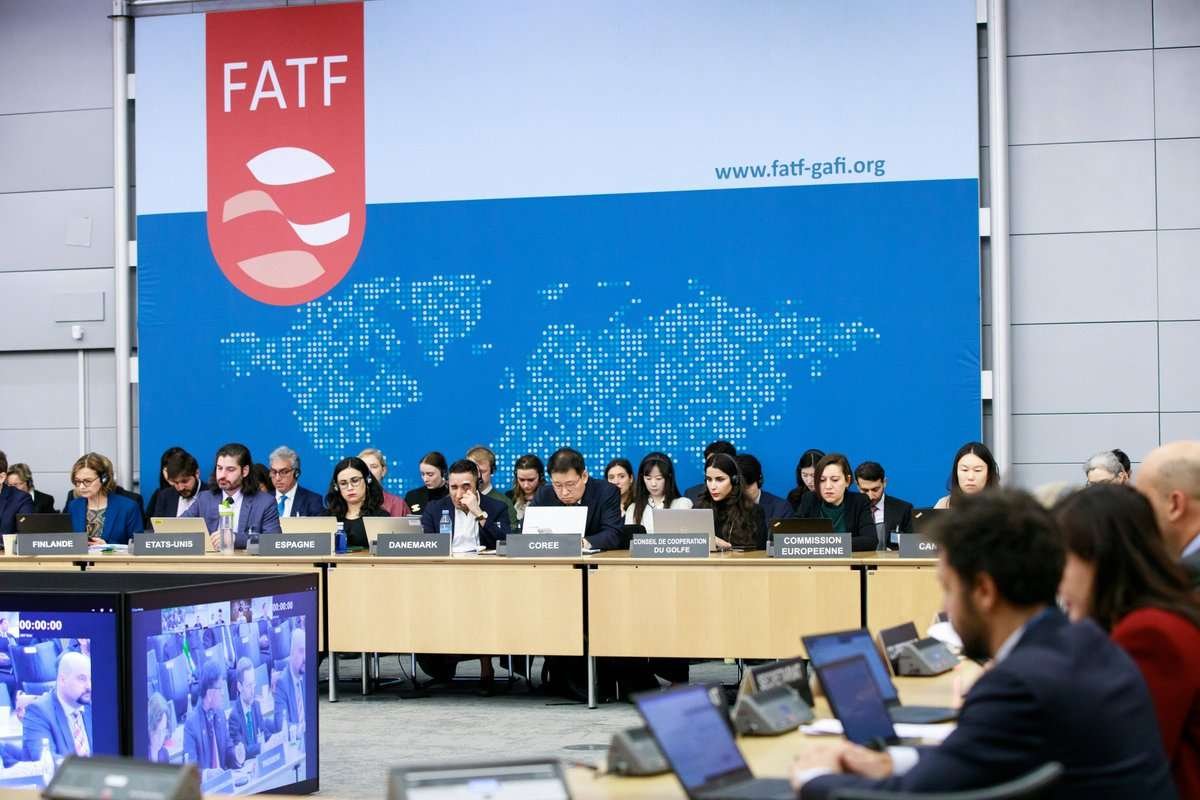Cambodia has been removed from the global money-laundering and terrorist-funding watchdog’s “grey list.”
During its annual conference in Paris on February 24, the FATF announced the announcement.
So, what is FATF?
The Financial Action Task Force (FATF) is a non-governmental organisation. The FATF places countries on the grey list that do not support terror funding or money laundering.
The Financial Action Task Force (FATF) was founded in July 1989 at a summit of the Group of Seven (G-7) countries in Paris. FATF’s initial goal was to investigate and create anti-money laundering methods.
The FATF enlarged its mandate in October 2001 to include measures to combat terror financing, money laundering, and human trafficking.
The FATF’s functions are as follows:
1. The FATF is an independent intergovernmental body that manages and promotes policies to protect the global financial system from terrorists and other anti-social elements.
Unfortunately, the FATF is unable to provide advice on the credentials or work of associations.
2. The FATF is now dealing with virtual currency.
3. The FATF is an international policy-making organisation. It plays no part in law enforcement, investigations, or prosecutions.

What are the FATF’s Black List and Grey List?
FATF maintains two sorts of lists:
1. The “Black List”
2. The “Grey List”
1. Definition of Black List:
This list only includes nations that the FATF considers to be uncooperative tax havens for terrorist funding. These are referred to as Non-Cooperative Countries or Territories (NCCTs). In other words, countries that support terror funding and money laundering are added to the Blacklist.
Since 2000, the Financial Action Task Force has released the FATF blacklist, also known as the OECD blacklist, which includes nations that it considers to be uncooperative in the worldwide battle against money laundering and terrorist financing.
The FATF frequently updates the blacklist, adding and removing entries.
2. Grey List Definition:
This list includes nations that are not regarded as safe havens for terrorist funding and money laundering. Being on this list is not as serious as being blacklisted.
The Grey list is now a warning to the country that it may be placed on the Black list (Just like a yellow card in a football match). The FATF moves a country from the grey list to the black list if it is unable to stop the spread of terror funding and money laundering.
When a country gets placed on the “grey list,” it faces many different issues, including:
1. Economic sanctions imposed by international agencies (such as the IMF, World Bank, and ADB) and countries
2. The difficulty in obtaining loans from international institutions (such as the IMF, World Bank, and ADB) and countries
3. Overall decline in international trade
4. International sabotage



1 comment
Hi thebettercambodia.com admin, Your posts are always well-delivered and engaging.